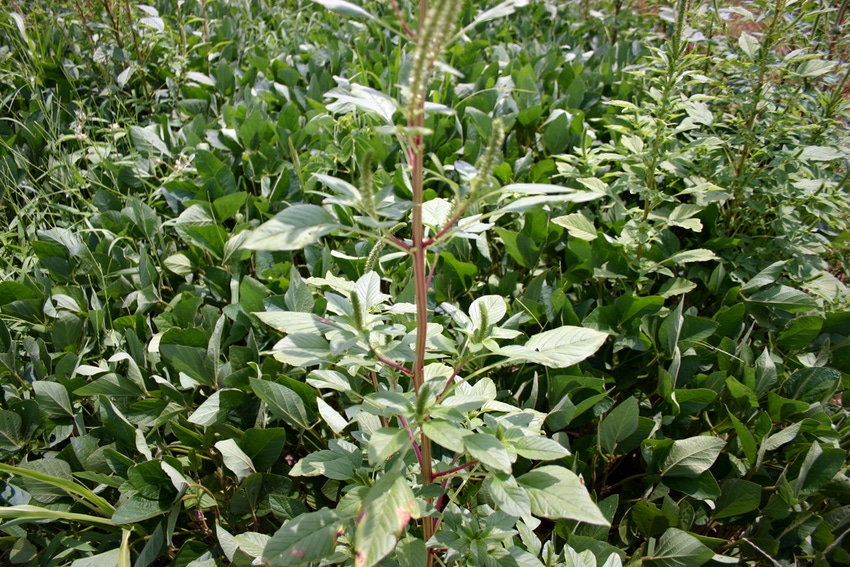December 27, 2010

Herbicide-resistant pigweed and higher commodity prices are expected to be the primary drivers for Arkansas' 2011 cotton crop.
"Resistant weeds in general, and glyphosate-resistant pigweed in particular, are changing the way we do business and cotton growers are making decisions around that one pest," said Tom Barber, Extension cotton specialist for the University of Arkansas Division of Agriculture. "It forces our hand on some decisions."
An indicator of the seriousness of resistant pigweed was demonstrated in November at the "Pigposium," co-sponsored by the University of Arkansas Division of Agriculture and Delta Farm Press. More than 700 people attended to hear the latest research on managing the pest.
The good news is that with commodity prices trending upward across the board, Barber said he expected the cotton acreage to grow 20 to 30 percent next year.
"If we get a 20 percent increase, that will increase Arkansas cotton to about 650,000 acres. It could be as high as 30, but probably not much over 30 percent just because the prices of other crops - corn and soybeans - are also very high," meaning some growers may continue a balanced crop mix or rotation in 2011.
However, cotton producers were largely pleased with the 2010 crop; one that was head and shoulders above the rain-soaked 2009 crop.
"I think cotton fared better than some of the other crops," Barber said. "We saw differences in varieties in how they handled the heat.
"Overall, it was a good year and we'll have an above average yield. I don't think it'll be a record-breaker, but we'll produce somewhere around 1.2 million bales. This will give us” an average of “about 1,067 pounds of lint per acre."
The heat also helped produce a bumper crop of pests.
"It was a pretty heavy worm year overall for cotton, soybeans, and no matter what crop you had, we had a tremendous amount of worm pressure. That made it more expensive."
"We constantly had plant bug problems," Barber said. "Arkansas, Mississippi and Louisiana continue to have big problems with these plant bugs. We also saw late-season pests such as loopers and stinkbugs - they were a bigger deal this year than last.”
The long string of dry days also added to expenses due to increased irrigation.
Barber said there's an expectation of a rise in petroleum and fertilizer prices, which will raise other costs too.
"With higher commodity prices for the 2011 crop, it is anticipated that the prices on products and chemicals used to grow ad protect the crop will also increase or they usually do. I know producers are booking their nitrogen where they can, anticipating higher fertilizer prices."
For more information about crop production or pest control, contact your county Extension office or visit www.uaex.edu.
You May Also Like




